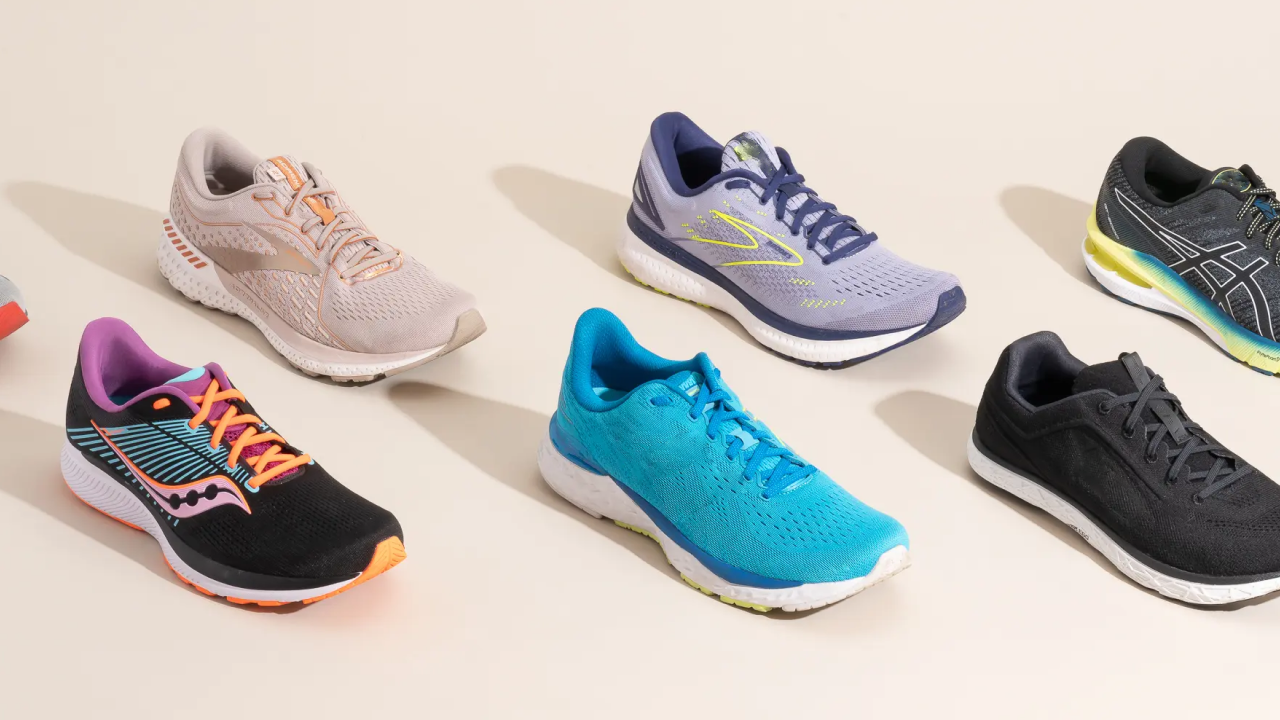Whether you’re a beginner or a seasoned runner, choosing the right pair of running shoes can make a huge difference in your performance and comfort. With so many brands and styles on the market, it’s easy to feel overwhelmed — but don’t worry, we’ve got you covered.
- Know Your Foot Type
Understanding your foot shape is the first step. Are you flat-footed? Do you have high arches? The shape of your foot determines how you run and how much support you need.
Tip: You can find out your foot type by doing a simple wet foot test. Step on a piece of paper with wet feet and look at the imprint.
- Understand Your Gait
Your gait is how your foot moves when you run. Some people roll their feet inward (overpronation), others outward (supination), and some stay neutral. Most sports stores or specialists can help you do a quick gait analysis. - Choose the Right Cushioning
More cushioning means more comfort, but also more weight. If you run long distances, you may prefer extra cushioning. If you sprint or train for speed, lightweight shoes may suit you better. - Don’t Ignore the Fit
A good fit means:
Enough room in the toe box
Snug (but not tight) in the heel
No rubbing or pressure points
Try shoes on later in the day when your feet are slightly swollen — this helps you get a more accurate fit.
- Consider the Terrain
Trail running shoes are different from road running shoes. If you run on rocky paths or uneven ground, go for shoes with better grip and protection. - Replace Old Shoes
Running shoes typically last 500–800 kilometers (around 300–500 miles). If you’ve noticed new aches or your tread is worn out, it might be time for a new pair.


